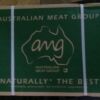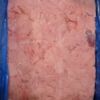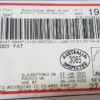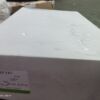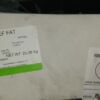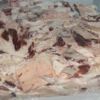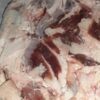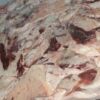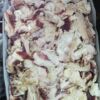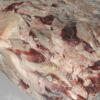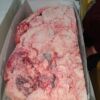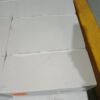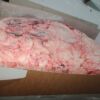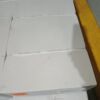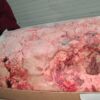
Beef Fat comes from the different parts of the beef, between the muscle and the skin.
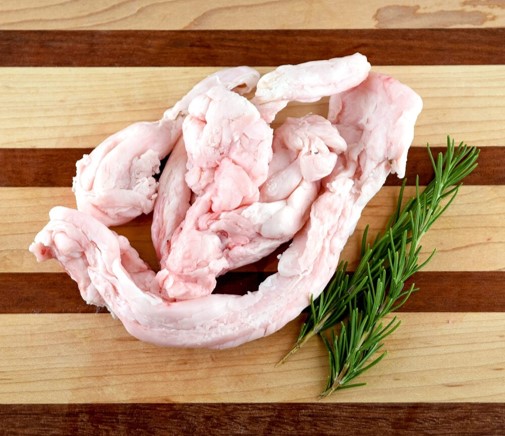
BRANDS |
ORIGIN |
SPECIFICATIONS |
|---|---|---|
| AMG | Australia |
Net Weight:
|
| Bindaree | Australia |
Net Weight:
|
| Dawn Meat | Ireland |
Net Weight:
|
| GBP | Australia |
Net Weight:
|
| Jennings Meats | Ireland |
Net Weight:
|
| Kavanagh | Ireland |
Net Weight:
|
| Kepak | United Kingdom |
Net Weight:
|
| Mega Meats | Netherlands |
Net Weight:
|
| Moy Valley | Ireland |
Net Weight:
|
| Suet | Ireland |
Net Weight:
|
Packaging
BRANDS |
CUTS |
FAT TO MEAT RATIO |
OVERALL QUALITY |
CUSTOMER REMARKS |
|---|---|---|---|---|
| AMG |  |
 |
 |
 |
| Kepak |  |
 |
||
| Bindaree |  |

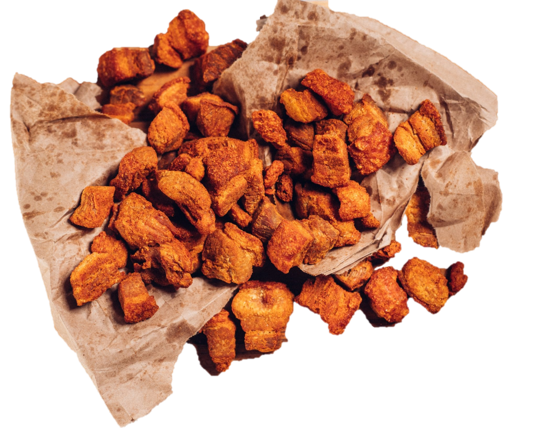
1 1/2 kg mutton or beef fat (from ribs or tail)
1 1/2 teaspoon salt
500 ml (2 cups) water
procedure
Cut the fat roughly into 2 cm cubes and add salt.
Put the cubed fat in a large pot, add water and cook over high heat for 10 minutes, then reduce the heat to medium. Stir occasionally with a wooden spoon.
When the water has boiled away, stir constantly so that the cubes don’t stick to the pot. As the fat renders, the cracklings will rise to the surface.
Once the cracklings are golden brown, turn off the heat and remove them with a slotted spoon. Store the cracklings in a sealed container. They will keep for several months in a cool place.
Pour the liquid fat (tallow) into an enamel pot or an airtight glass container. As the tallow cools, it will solidify and become white.
